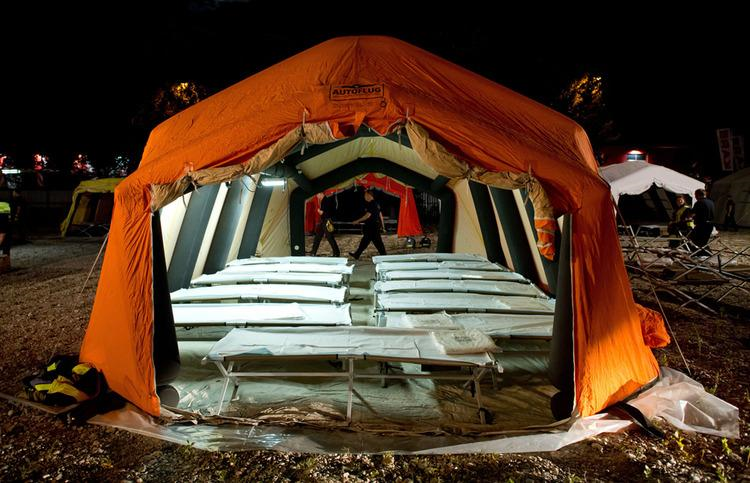
Alarming situation: Germany collapsing under migration wave
Reception and social centres are so full that Germany is once again having to use tent camps to accommodate migrants. However, it is not only difficult to secure housing for immigrants: working Germans are also suffering.
Germany is facing a serious housing crisis that could easily deepen in 2023. The main challenge is that authorities do not know where to accommodate the constant influx of migrants. As the population has grown to a record 84 million, even the social housing system built up over the past ten years to cope with the massive influx of immigrants cannot absorb all the new arrivals.
Now local governments are setting up tent camps and turning to gyms and hotels, just like in an American disaster movie. Meanwhile, opinion polls show that a majority of the German population believes that the government has put too much pressure on itself with its „open borders” policy.
The main problem is not necessarily the arrival of more than 1.3 million people in Germany last year, but that those who arrived during previous waves of refugees are now unwilling to return home, despite long having the opportunity to do so, the newspaper Die Welt points out.
„There would be no problem at all if large groups of refugees [fleeing] from previous wars or persecution, or even more so rejected asylum seekers and criminals, were to return home. But the legal system is too complex and makes it difficult to manage immigration in a sustainable way,”
the paper writes. Moreover, the majority of rejected asylum seekers do not leave the country, and the social-democratic-green-liberal coalition government refuses to deport them. As previously reported by V4NA, Chancellor Olaf Scholz’s government strives to make asylum application easier and faster for as many people as possible, practically legalising illegal migration. The government has also announced that half a million migrants will be taken in annually.
Some suggest that the government has an ulterior motive: it is an unspoken fact that a party that allows masses of people to settle in the country is far more likely to win the support of immigrants in an election.
However, this resulted in Germany becoming more populous than ever before, which has driven the prices of buying and renting apartments sky-high. This was compounded by the economic downturn, which make it increasingly difficult for working Germans to stay in the property they are renting, while only the wealthiest can afford to purchase flats.
In tandem with the growth of Germany’s population, housing costs have risen steeply recently, by an average of 9.1 per cent annually over the past five years. The cost of renting a home have increased more sharply than buying a home, partly because it is unaffordable for many to buy a property and they are forced to rent.
In the last election campaign, SDP Chancellor Olaf Scholz pledged to build 400 thousand new apartments per year, including 100 thousand for social housing. At the time, the politician emphasized that this was a feasible goal, if sufficient efforts were made. The government now admits that it cannot deliver on Scholz’s promise before 2024-2025, but stepping up construction by 400 per cent also seems rather unlikely.

